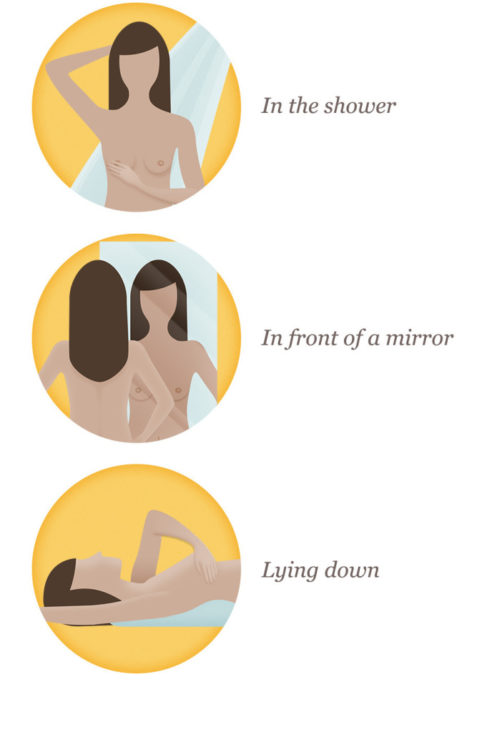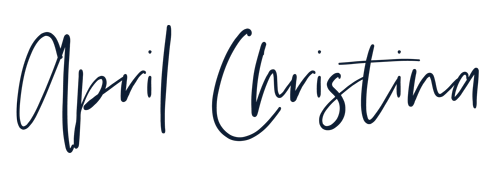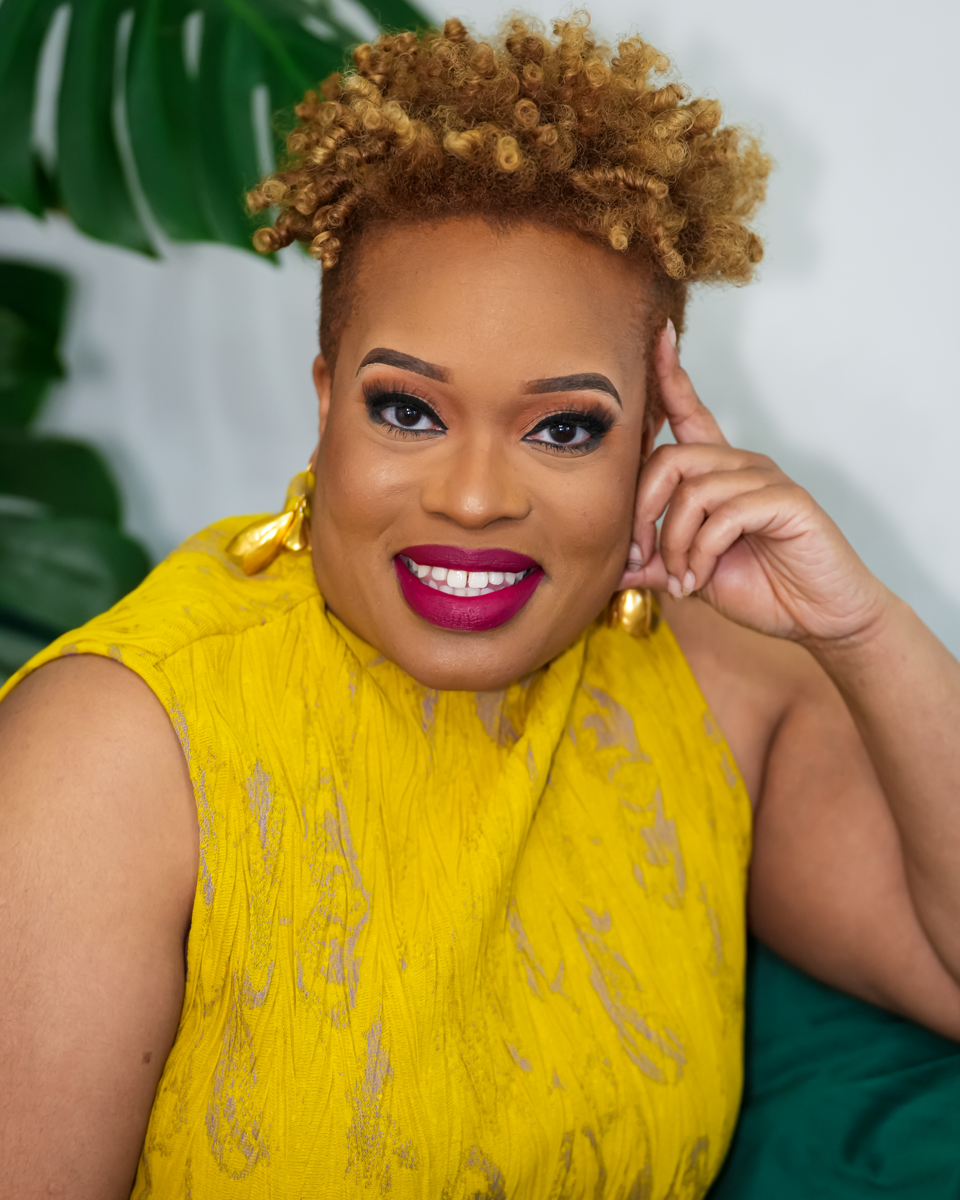One day two years ago I had an appointment with my primary care physician (PCP). I was not there for any specific reason other than my annual physical. Upon performing my breast examination, my doctor asked if I was experiencing any usual pain in my left breast. I told her no and asked her why. She informed me that she felt a medium sized lump on my breast and wanted me to get it checked out. I was shocked because I perform regular self-breast exam on myself (which you should do a few days after your menstrual cycle has ended) and did not feel anything irregular, but when I felt it in her office, there was indeed a lump. My physician believed I may have breast cancer.
That following week I went to see an oncologist. I was so nervous and scared. I already have endometriosis; which by the way has capabilities to spread like cancer, so I was not in the mood emotionally to possibly deal with breast cancer as well. When the oncologist came in to examine me, she said that she did not see any fluid and for me to return in six months.
When I went back in six months, the lump grew bigger, and at 28 years old, I had to have my first mammography. Getting a mammogram wasn’t as painful as I thought; or maybe because I have such excruciating leg pain from endometriosis, that having this machine squeeze my breast at this point wasn’t the worst thing that I had endured. The results showed that fluid was growing, but my oncologist wasn’t too alarmed and told me to come back in a year, or if I started to experience any discomfort.
This past March I was helping one of my patients with something. As I bent over on the side rail, I began to feel this sharp pain in the same area of the lump on my breast. That following week at my oncologist discovered that one lump was now two, and there was numerous sacs within the lumps filled with fluid in all of them, thus causing the recent symptoms of pain. Upon further conversation with my doctor, she concluded that being on oral contraceptives for over ten years for my endometriosis was a hormonal reaction causing this fluid buildup, and I could either leave it alone, or get the fluid aspirated.
On April 18, 2014, I had my aspiration procedure on my left breast. I was frightened of what the outcome would. One thing I did know was whatever I was faced with, I had a host of amazing family and friends that would be there for me. The doctor and technician I had were so loving and patient. My anxiety level leading up to the procedure actually lasted longer than the aspiration itself. The doctor informed me that the fluid was clear and an indication for no cancer! But she was still sending a sample off to the lab because of my age. Just to briefly elaborate on what I just said: if the fluid is clear then that is a good sign that no carcinoma is present, but if the fluid that they aspirate is cloudy, it means the opposite.
I felt so relieved and more importantly blessed to know that I did not have breast cancer. Never would I have thought that taking oral contraceptives for endometriosis would cause this issue, but it did. I had already personally decided a little over a year ago (before my lump became an issue) that I did not want to take contraceptives anymore, and instead with a holistic approach, but the damage of the ten plus years had already occurred prior to my decision. You try to take measures to help one thing and then sometimes other problems arise that you would have never seen coming.

- Stats: Did you know that the latest statistics show that 1 in 8 woman are diagnosed with breast cancer in their lifetime? That ratio is equivalent to 12% of woman in the Unites States thus making breast cancer the most common cancer among woman worldwide. Self-breast examination (SBE) is so important and can be performed three different ways:
-
In the shower:
Place one hand behind your head. With using either your finger odd or three middle fingers, move your hands over the entire breast area. Also examine each underarm with the arm slightly raised. If you notice any lumps, knots, or abnormal thickening please notify your primary care physician.
-
In Front Of A Mirror:
Inspect your breasts while your hands are on your sides and also with both hands raised to the sky. Check for any changes in the shape, size, or skin texture of your breast.
-
Lying Down:
While lying down (on your back), place one arm over your head. With the other hand, use your finger pads palpate the breast in circular motions.
Each exam is to be done on both breasts. Please consult your physician if you have any questions or concerns with adequate method recommendations for you. And remember: the best protection is early detection!



Thank you for sharing your story. You are so brave! Many people need to hear how how you pursued medical attention despite fear until you gained full understanding of what was happening in your body! I’m so happy it wasn’t breast cancer and I’m so happy you took the time to tell this piece of your story. It’s NECESSARY!
Thank you so much. I am thankful to God!